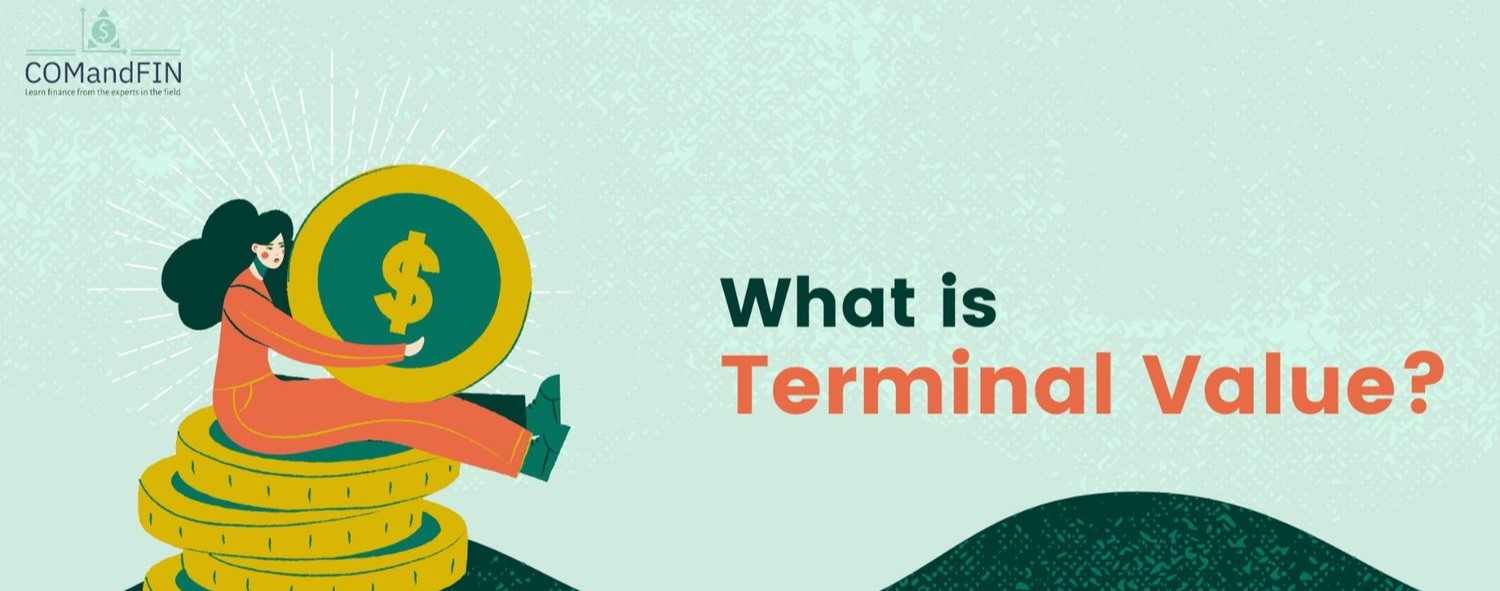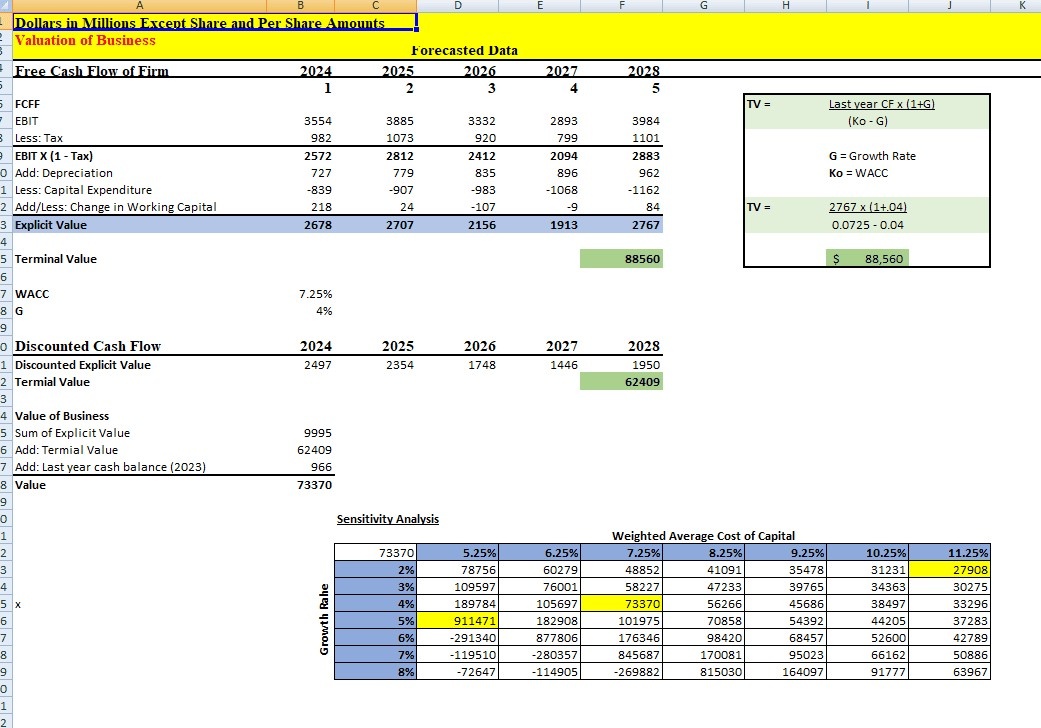
What is Terminal Value?
Terminal value refers to the estimated value of a business or asset at the end of a forecast period, extending indefinitely into the future. It essentially captures the value of all future cash flows beyond a specific projection period. In other words, terminal value represents the present value of all future earnings that are expected to occur after the forecast horizon.
Why is Terminal Value Important?
The terminal value is crucial because it accounts for a significant portion of the total value of a business, especially when evaluating companies with stable, long-term growth prospects. In most cases, the terminal value can represent anywhere from 50% to 80% of the total valuation in a DCF model. Without factoring in terminal value, a company's valuation would be incomplete, leading to a skewed or undervalued result.
Methods Used to Calculate Terminal Value:
- Perpetuity Growth Model (Gordon Growth Model): The perpetuity growth model assumes that a company's free cash flows will grow at a constant rate indefinitely. The formula for terminal value using the perpetuity growth method is:
Terminal Value = FCF × (1 + g) / (r - g)
Where:- FCF: Free cash flow in the last forecasted year
- g: Perpetuity growth rate (often the long-term inflation rate or GDP growth rate)
- r: Discount rate (typically the weighted average cost of capital, or WACC)

Conclusion
Terminal value plays a pivotal role in determining the future worth of a business. Whether you're using the perpetuity growth model or the exit multiple method, understanding and accurately calculating terminal value is essential for making informed investment decisions. By considering both short-term cash flows and the long-term prospects of a company, terminal value offers a more holistic view of a business's potential.
If you’re building a DCF model, don’t overlook the importance of terminal value, as it often accounts for the majority of the company’s total value. However, always ensure that your assumptions and inputs are realistic to avoid misleading results.
By mastering the concept of terminal value, you’ll be well-equipped to assess the long-term viability and profitability of businesses, helping you make smarter, more data-driven financial decisions.
#Terminal Value, #Business Valuation, #Discounted Cash Flow (DCF), #Financial Modeling


How to Use Terminal Value in DCF Valuation
In a Discounted Cash Flow (DCF) model, the terminal value is the sum of the discounted cash flows for the projected years and the discounted terminal value. Here's how to integrate terminal value into a DCF analysis:
Limitations of Terminal Value
While terminal value is a crucial component in company valuation, it’s not without its limitations: